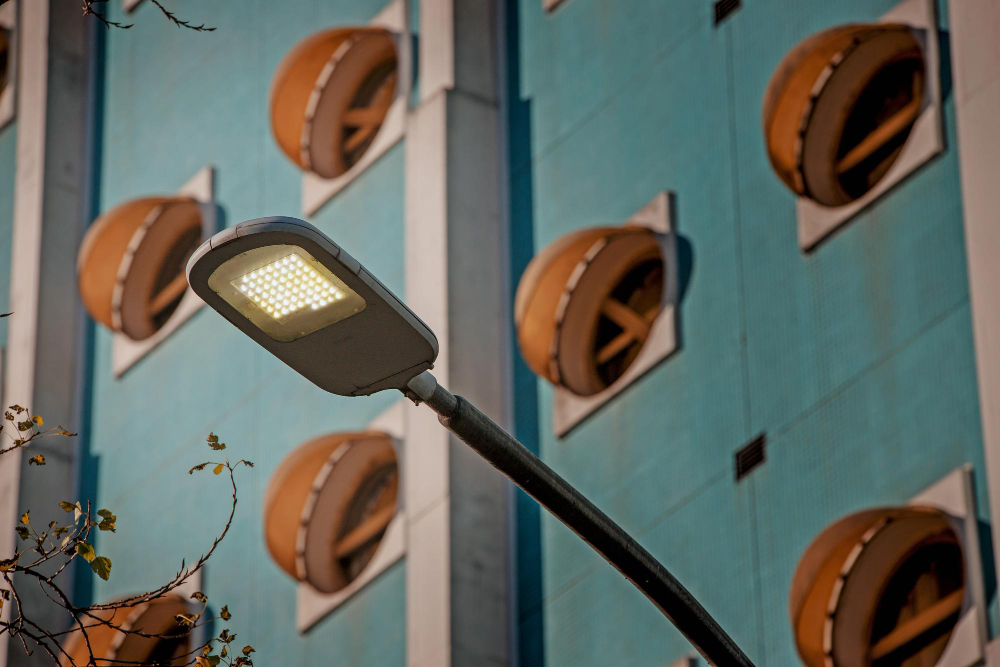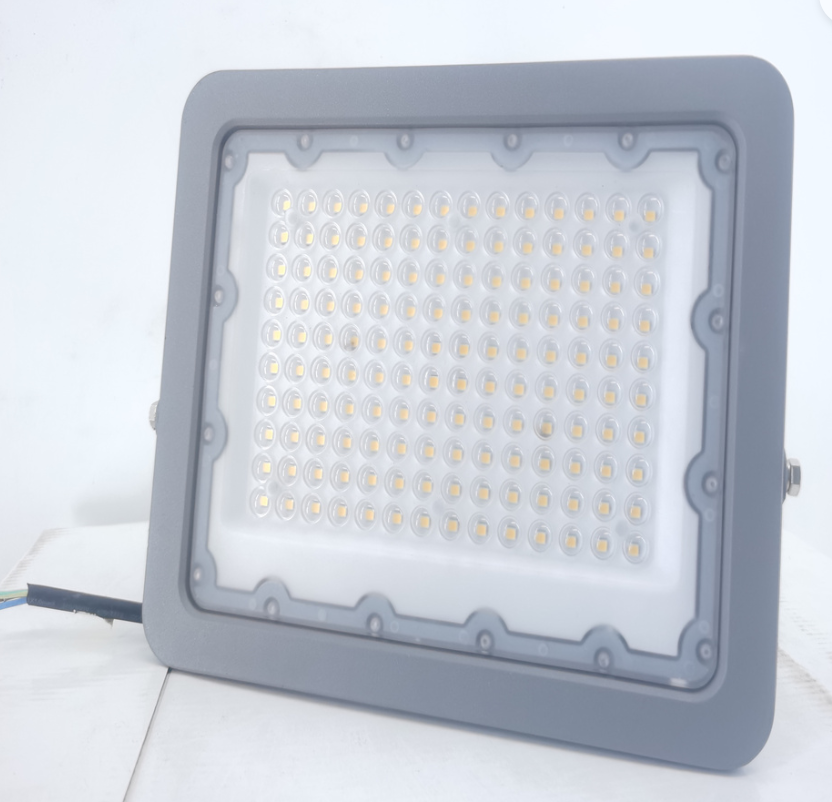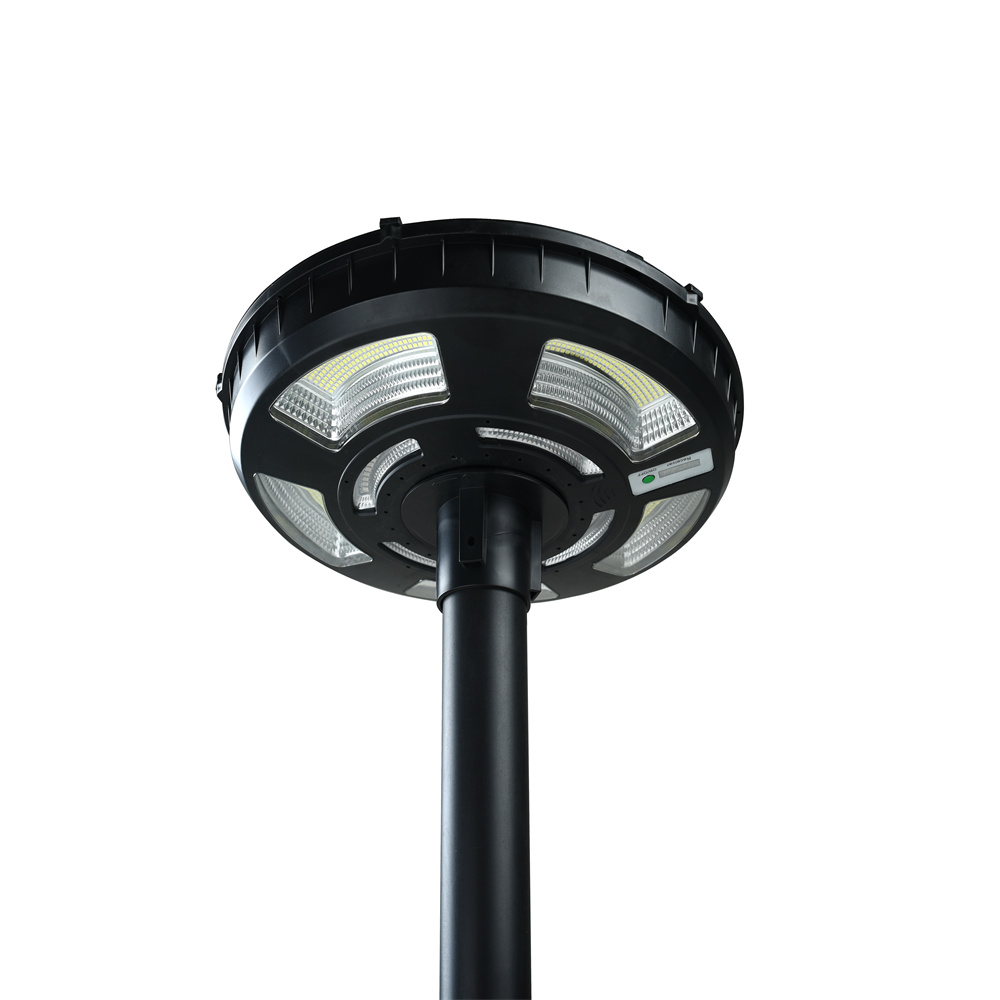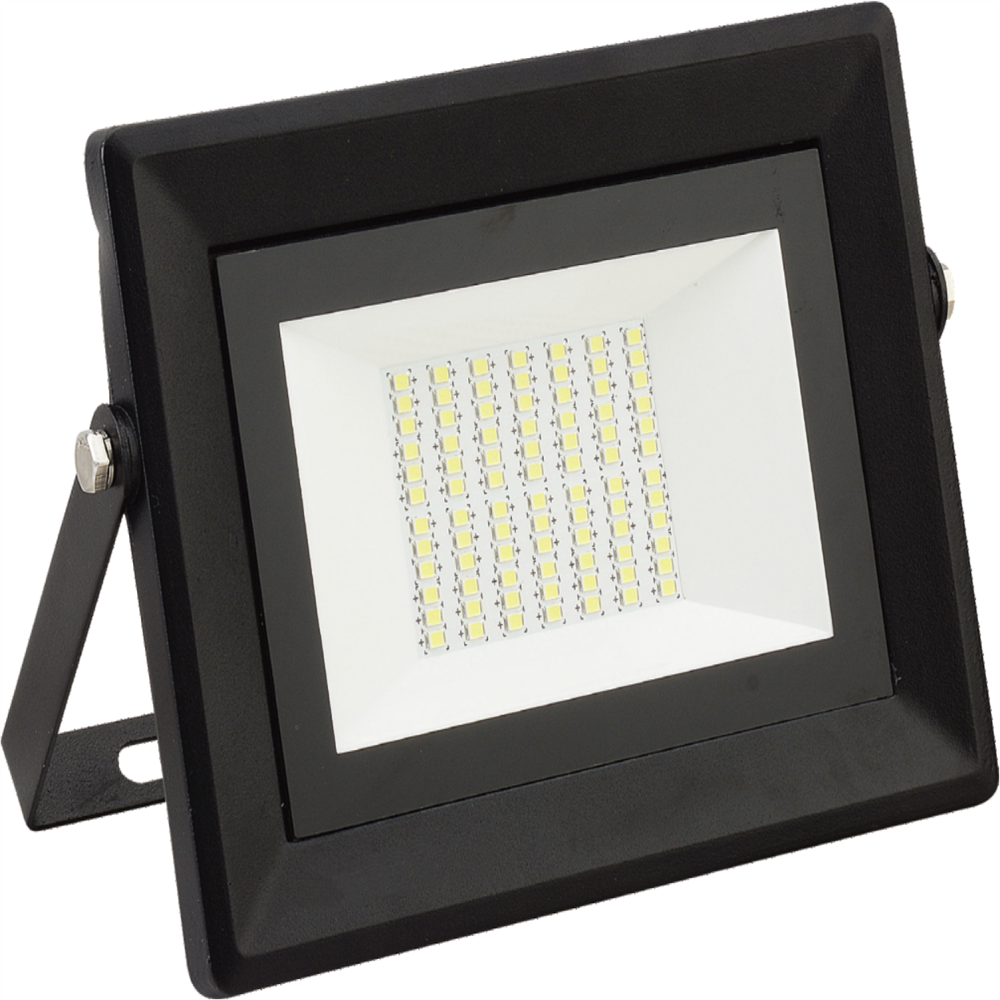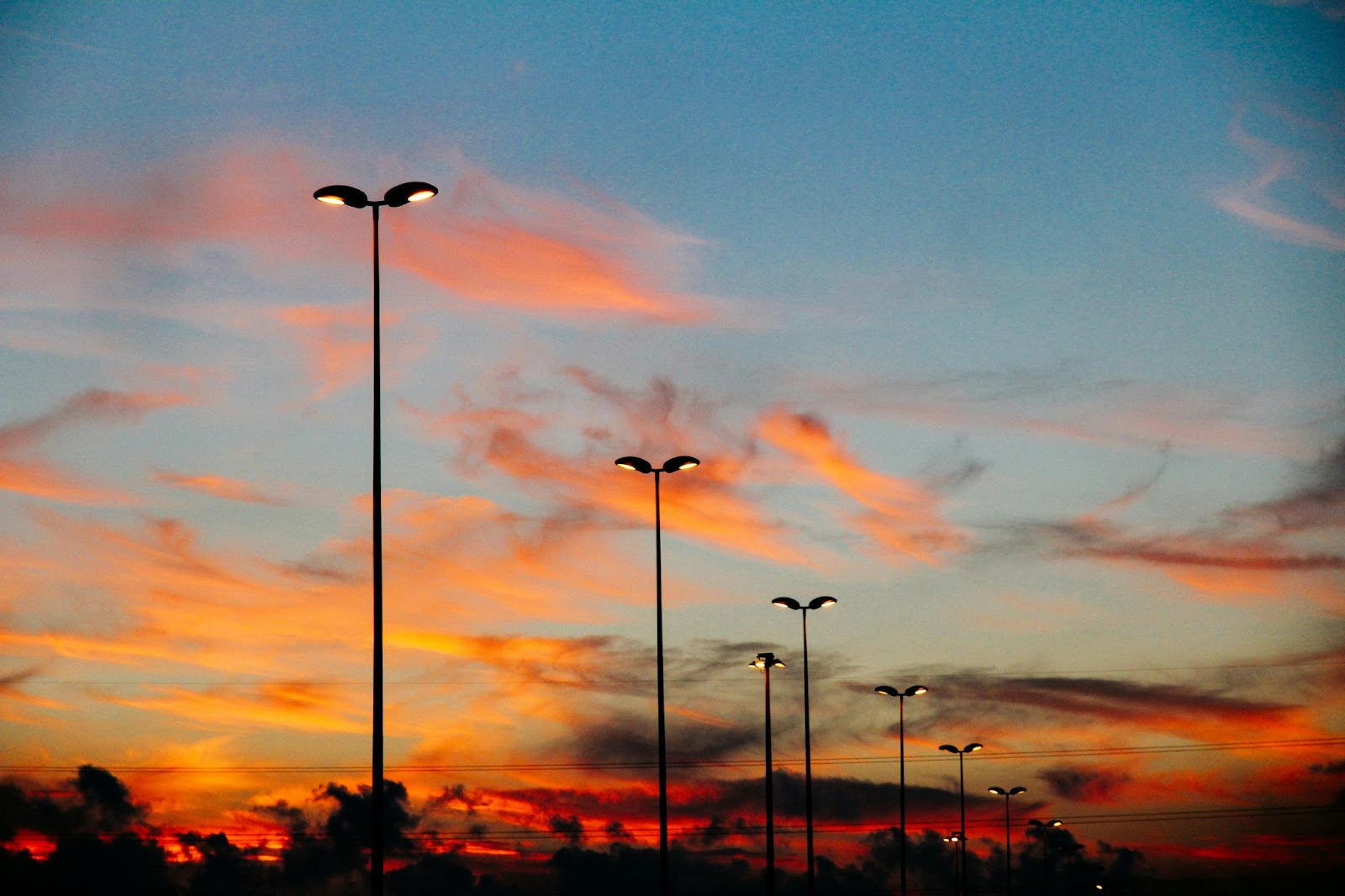When it comes to outdoor stadium lighting, facility managers have an important decision to make. LED stadium lights represent the newest generation of stadium lighting technology and offer significant advantages over traditional metal halide and high-pressure sodium lights. As LEDs continue to improve in performance and decrease in cost, they are becoming the preferred choice for stadium applications. […]
When it comes to outdoor stadium lighting, facility managers have an important decision to make. LED stadium lights represent the newest generation of stadium lighting technology and offer significant advantages over traditional metal halide and high-pressure sodium lights. As LEDs continue to improve in performance and decrease in cost, they are becoming the preferred choice for stadium applications.
LED stadium lights provide bright, evenly distributed illumination that enhances visibility for athletes and fans alike. The crisp, clear lighting also benefits broadcast coverage with reduced glare. But how do you determine which LED fixtures are the best choice for your specific project?
Selecting the Best LED Stadium Lights – Key Considerations
Here are the key factors to consider:
Initial Cost vs Long-Term Savings
Though they carry a higher upfront price tag than traditional stadium light bulbs, LED stadium lights offer dramatic energy and maintenance savings over time that deliver a fast return on investment. Focus on the total cost of ownership rather than just the initial cost for the best value.
High-quality LED sports lighting lasts up to 100,000 hours compared to just 15,000 hours for metal halide bulbs. Fewer bulb replacements translate into significant savings on maintenance costs. LED stadium flood lights also consume 80% less electricity than conventional lighting, providing ongoing operational savings.
Light Output
Consider the illumination requirements for your field or stadium. Do you need lighting bright enough for nationally televised professional football? Or is your facility primarily for local youth soccer games? Look for LED sports lights that provide the lighting intensity you need while maximizing energy efficiency. Specifying dedicated color temperature options like 5000K for a crisp look or 4000K to reduce glare is also recommended.
Optical Design
The optics built into LED stadium light fixtures significantly impact performance. Quality optics help maximize light delivery while minimizing spill light, glare and sky glow. Make sure optics render uniform, shadow-free lighting across the playing surface. Avoid LED arena lights that create distracting hot spots or a patchwork effect. Also ensure the LED flood lights provide sufficient vertical illumination of players.
Control Integration
Look for advanced control functionality that allows dimming LED stadium lights during less intense uses to save energy. Ensure the system has the capability to integrate with smart scheduling and automation systems. Individual light control, remote monitoring and fault reporting are also useful features.
Structural Considerations
Since most facilities retrofit LED stadium lighting onto existing poles and wiring, make sure to select fixtures designed for retrofit projects. Check pole loading capacity and get structural engineering approval. Fixtures should mount directly to existing cross-arms without pole modifications. An external driver housing also helps simplify installation.
Safety Regulations
To get approval for your sports lighting project, LED stadium lights must comply with safety regulations. Make sure fixtures meet IES standards for spill and glare control. Also confirm they do not exceed limits for radiant heat or UV emission. Certifications like UL and DLC can verify regulatory compliance.
Conclusion
By evaluating these factors, facility managers can ensure they select the most appropriate LED lighting solution for their specific stadium. High-efficiency, long-lasting LEDs allow venues to improve visibility, reduce operating costs, and deliver an exceptional gameday experience for many years.
Contact RRRlighting for help assessing your lighting needs and creating a customized LED conversion plan. Investing in advanced LED technology is lighting your stadium for the future.





